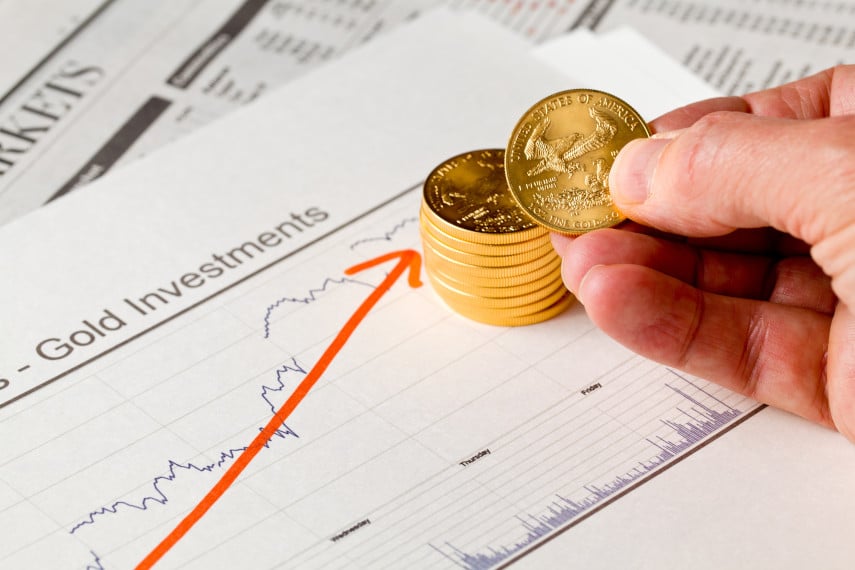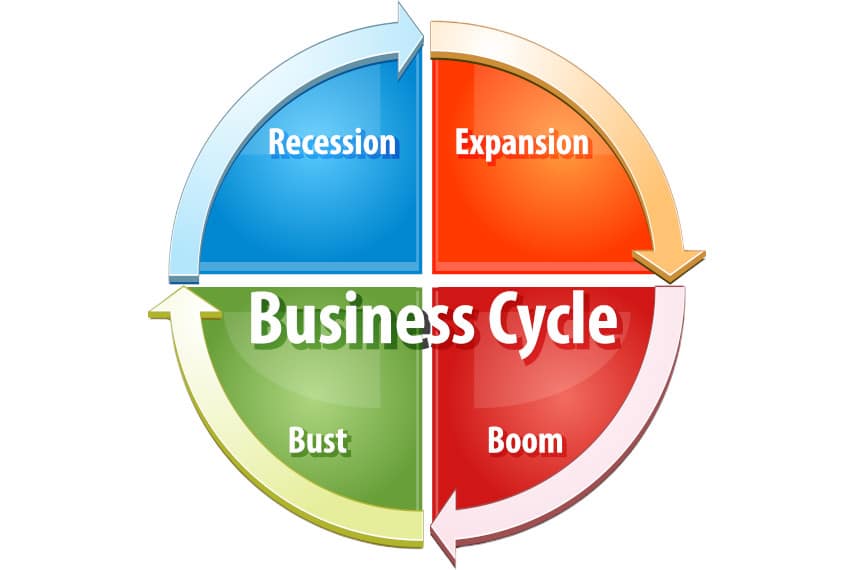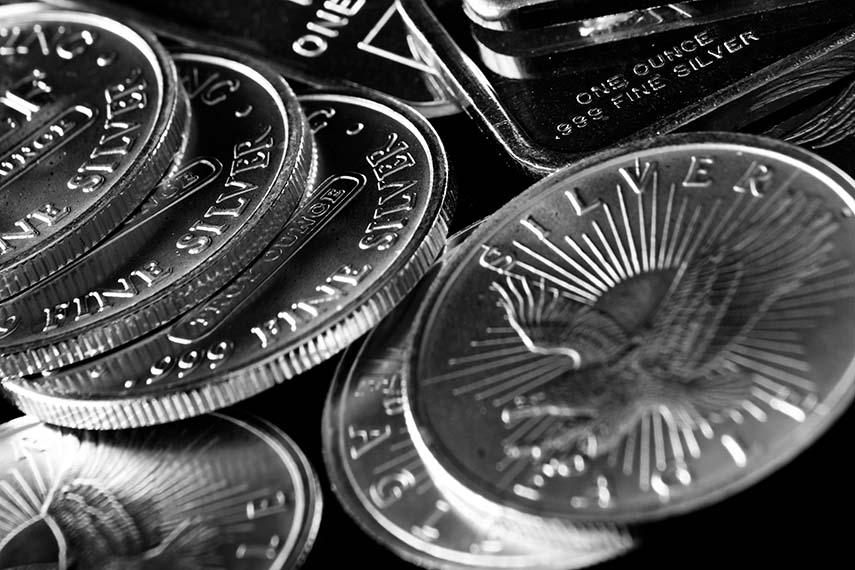
In an encouraging sign that rising gold prices haven’t dented gold demand, total demand for gold rose 34% in the first quarter of 2022 to 1,234 tonnes, the highest level since the fourth quarter of 2018. Credit was given largely to the increased demand for gold by investors.
It will be interesting to see whether gold continues that strong performance going forward, especially if the gold price continues to rise over the course of the year. There are numerous factors contributing both to gold demand and rising gold prices that could result in 2022 being a banner year for gold.
Factors Contributing to Demand
1. Investment Demand
Demand for gold from investors was the largest factor contributing to gold demand in the first quarter of 2022, totaling about 45% of gold demand. Demand was almost evenly split between coin and bar demand and demand from gold exchange-traded funds (ETFs) and similar products.
The surge in demand from ETFs was a reversal after two quarters of mild ETF outflows, and more than made up for the overall negative outflows from gold ETFs in 2021. Will that demand from ETFs continue to grow through the rest of the year?
The disadvantages of investing in gold through a gold ETF versus other methods like a gold IRA or buying physical gold coins or bars are well known, but they nonetheless remain a popular method for people looking to benefit from a rising gold price without actually owning physical gold.
Overall coin and bar demand was lower in the first quarter of 2022 than it was in the first quarter of 2021, but it was still far higher than historical averages.
2. Jewelry
Demand for gold from the jewelry industry remained strong, although significantly lower than in the fourth quarter of 2021. Part of that may have been due to higher prices in 2022, as well as decreased jewelry demand from China and India. But gold demand from the jewelry industry should remain a significant factor through 2022.
3. Central Bank Purchases
Central bank purchases of gold remained relatively high, albeit lower than levels in the first quarter of 2022. Don’t be surprised to see higher amounts of central bank purchases this year, as recessionary fears could spur many central banks to boost their gold reserves.
Factors Contributing to Higher Prices
In addition to the demand issues highlighted above, there are numerous other factors that could contribute to higher gold prices this year.
1. Rising Inflation
Inflation continues to rise and is showing no signs of slowing. Even with the Federal Reserve raising interest rates and cutting the size of its balance sheet, that’s no guarantee that inflation will abate anytime soon.
The sheer amount of money the Fed created in order to boost the size of its balance sheet, over $5 trillion in total since early 2020, is massive in itself. But once that money starts circulating in the financial system and the money multiplier starts to take effect, undoing that can be difficult. Even reducing the Fed’s balance sheet from $9 trillion to $7 trillion would mean a net 75% increase from its pre-2020 size.
There has been so much money making it into the system that we’re only just now beginning to see the effects of it. And given the delay between the time money first started being created and the time inflation first showed up last year, any efforts to keep inflation in check will likely take months or years to come to fruition.
The Fed very likely is doing too little, too late, and so we could be in for years of high inflation to come. As a result, we could very well be on the way to a 1970s-style stagflation, with high prices and a weak economy. And if gold performs as well now as it did during the 1970s, gold investors are going to celebrate.
2. Recessionary Fears
Fears of a recession have existed for a while, but they’ve been growing in recent weeks. Knowing what we do now that the US economy contracted in the first quarter, the fear that the economy could continue to contract is gnawing at many investors.
There’s almost no way that the Fed hiking interest rates and cutting its balance sheet could result in any sort of economic expansion. In fact, such measures are more likely to lead to a contraction. And if the economy was already headed for contraction anyway, then a recession is likelier to happen this year than anyone previously expected.
So many commentators touted the “hot” economy, and pushed off concerns of a recession, arguing that with tight labor markets a recession couldn’t occur before 2023 or 2024 at the earliest. But a recession is only two consecutive quarters of contraction, so with Q1 already in the bag as one of negative growth, Q2 could very easily follow, resulting in an official recession.
That’s one reason so many people are rushing to the safe haven of a gold investment, hoping to protect their assets before recession hits. With stock markets already significantly in the red this year, many people are ready to cut their losses and protect their wealth with gold before markets head any further south.
3. Geopolitical Concerns
To say that the Russian invasion of Ukraine came as a shock is an understatement. Not only did it take world leaders by surprise, but it also took world markets by surprise. And gold was one of the biggest winners.
Whenever war threatens, or when conflicts become more severe, more and more people look to protect their assets with gold. The war in Ukraine isn’t over yet, and the potential for nuclear conflict remains. And as long as the situation in Ukraine remains unresolved, the demand for gold could remain elevated.
But Europe isn’t the only area subject to conflict. Fears of a Chinese invasion of Taiwan have grown in recent months, and the potential for a war between the US and China over Taiwan seems to be growing. As bad as the war in Ukraine has been for the world economy, a war between the US and China would arguably be far worse. And if such a war were to break out, the demand for gold would likely skyrocket.
4. China’s COVID Lockdowns
Perhaps the biggest unknown is what will happen as a result of future COVID lockdowns. While much of the Western world has made peace with COVID, China has persisted in its lockdown policy to combat COVID.
Chinese gold demand collapsed in March as a result of these lockdowns, and Chinese gold supply could shut down too if lockdowns continue. Since China is the world’s largest gold producer and consumer, this is a major wildcard.
Normally you might expect falling Chinese gold demand to result in a drop in the gold price. But if Chinese gold supply falls too, it could counteract that fall in demand, or even result in an overall increase in the gold price.
Chinese lockdowns will have effects on other markets too, and could throw supply chains that are already stressed into even further disarray. So what happens in China in the coming months could be the biggest wildcard that every industry will have to deal with.
If China’s lockdowns end up negatively impacting world trade, however, the economic impact will likely be significant. And you can almost guarantee that any negative economic effects of those lockdowns could likely spur further demand for gold, as recessionary fears would only continue to grow.
Protect Your Wealth With Gold
With everything going on in the world today, there is a perfect storm of factors coming together to push gold demand and the gold price ever higher. None of these factors seem to be abating, either, which could be good news for gold investors.
High inflation looks like it’s here to stay, the economy could soon fall into recession, and geopolitical conflict looks to become the rule rather than the exception. Whereas once people looked to the future with hope and optimism, now the future looks increasingly fearful and uncertain.
Against that backdrop, gold has positioned itself as the asset that more and more people trust to protect their wealth. Gold’s long history as a safe haven asset, its ability to gain value through times of high inflation and economic turmoil, and its stability as a physical asset during a time in which so many assets seem ephemeral have made it a top choice for those looking for safety and security.
With modern investment vehicles such as a gold IRA, you can even protect assets you currently have in tax-advantaged accounts such as a 401(k), 403(b), TSP, IRA, or similar accounts. You can even roll over or transfer assets from these accounts into a gold IRA tax-free. That allows you to protect the retirement savings you’ve worked years to acquire, while maintaining the same tax advantages you already enjoy.
A gold IRA gives you the ability to own gold coins or bars while keeping the same tax benefits as any other IRA account. And when it comes time to take a distribution, you can take it in cash or gold, allowing you to maintain the benefits of gold ownership even after required minimum distributions (RMDs) kick in.
With everything that’s going on in the world today, can you afford not to own gold? Buying gold can be done so easily, with your existing savings, all while enjoying the same tax advantages you already have, so why not do it?
If you think you’re ready to protect your assets with gold, call the experts at Goldco today to learn more about how gold can help you safeguard your savings.






